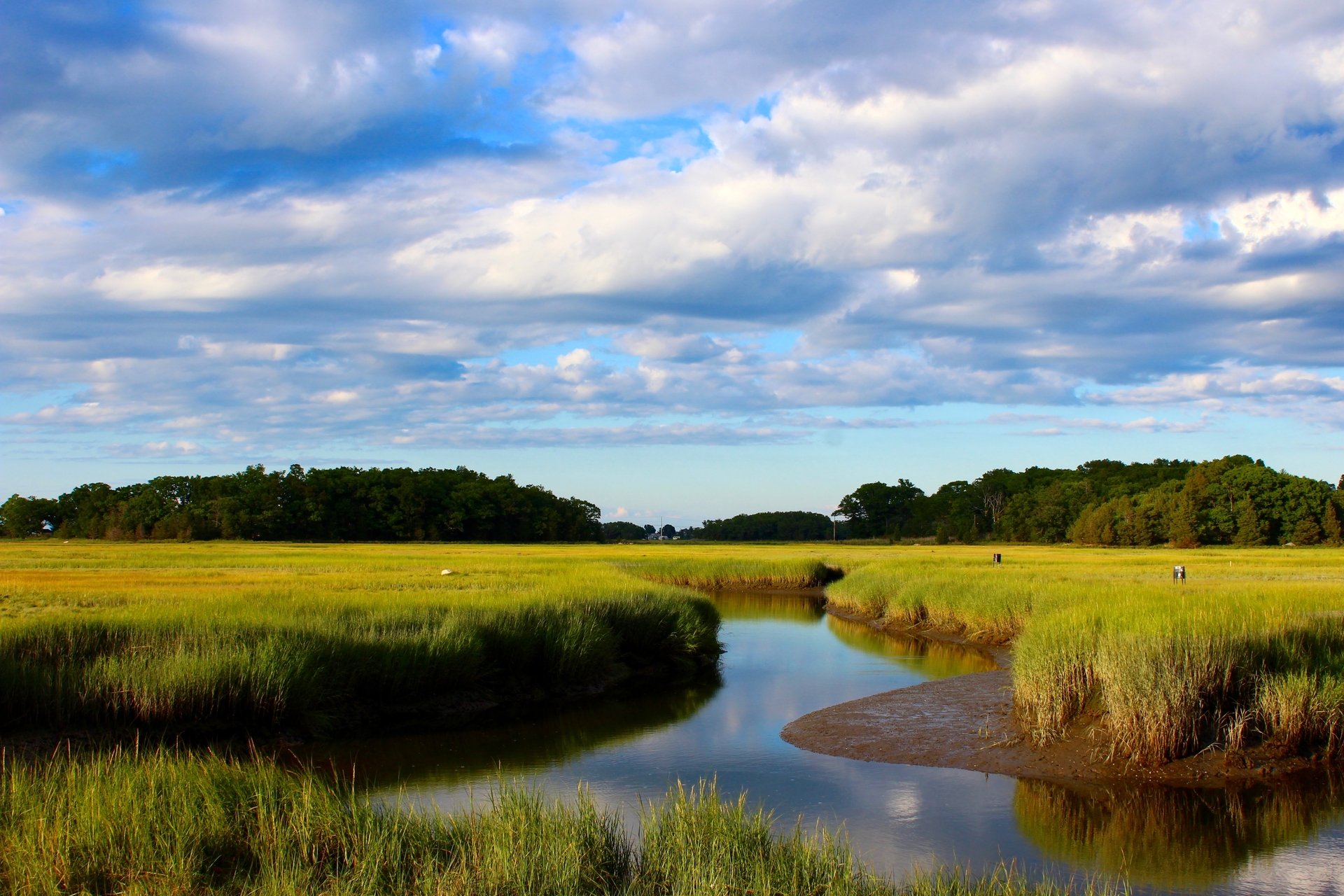Losing Ground 2020 Key Findings
As the effects of climate change become increasingly evident across Massachusetts and around the world, the value of undeveloped land has become even more crucial to reducing greenhouse gas emissions and providing resilience in the face of growing environmental threats. Losing Ground: Nature's Value in a Changing Climate reviews changes in the land at a moment when protection of natural lands and future development must align to promote healthy natural and human communities.
In this spirit of urgency, Mass Audubon calls for protection of 50% of the natural land in Massachusetts by 2050. Through strategic and sustainable land use planning, Massachusetts can meet this goal while also meeting goals for priorities like housing, transportation, and renewable energy. This report can serve both as a guide star for policy and as a resource for communities committed to meaningful climate action.
Key Facts
13.5 acres developed per day
From June 2012 to June 2017, approximately 24,700 acres of natural land were converted to development in Massachusetts, translating to a pace of 13.5 acres per day through this 5-year period. Nearly 30,000 acres of forest were lost during this time period, some developed and some cleared. Open land, including grasslands, agriculture, and unvegetated land, increased by approximately 6,800 acres, and wetlands increased by just over 2,200 acres.
~1/4 of new development was solar-related
The rate of development increased slightly from the 13 acres/day reported in the fifth edition of Losing Ground (2005-2013), but is still down from the 20 acres/day reported in the fourth edition (1999-2005). A new type of land development—ground-mounted solar photovoltaic arrays—contributed a significant proportion: as much as one-fourth of total new development in recent years.
37% increase in land protection rate
Nearly 55 acres/day were protected in the same time frame, totaling 100,000 acres. That’s an increase of 37% since the 40 acre/day pace reported in the last edition of the Losing Ground report in 2014. In addition, more than 4 acres of land were protected for every acre developed between 2012 and 2017. This is up from a 3:1 ratio from 2005-2013.
1.1 million acres now developed
In Massachusetts, about 1.1 million acres are now developed, accounting for approximately 21% of the state’s land area. Over 1.3 million acres are now permanently protected, approximately 27% of the state’s land area. About 2.7 million acres, or 52% of the land in the state, is neither developed nor protected.
100 acres/day to protect 50% by 2050
To protect 50% of the land in Massachusetts by 2050, we need to accelerate the pace of land conservation to 100 acres/day.
Overview of Massachusetts Land Use 2012-2017
| Total land area: | 5.17 million acres |
| Permanently protected land: | 27% as of June 2019 |
| Developed land: | 21% as of June 2017 (the latest information available) |
| Land area still available: | 52% |
Overview of Land Protection
76% of newly protected land was within the Green Infrastructure Network, a network of wildlife habitats and other natural areas that support native species, maintain natural ecological processes, and contribute to health and quality of life. This trend indicates that conservation efforts are largely focused on the most important lands.
- The rate of land protected compared to land developed was over 4 to 1.
- Massachusetts state government agencies, municipalities, private landowners, and conservation groups protected nearly 55 acres/day
- 100,000 acres of land were protected, an additional 1.9% of the state's total land area.
Total Amount of MA Land Permanently Protected
| 1987: 10% | 2009: 20.6% | 2019: 27% |
| 1997: 17.3% | 2013: 25.2% |
Overview of Land Development
From 2012-2017, Massachusetts lost an average of 13.5 acres of land to development each day. Of that land, 9,300 of the total acres developed were within the Green Infrastructure Network.
- 24,700 acres of land developed
- 30,000 acres of forest lost
- 9,000 acres of wetlands & open land gained
Towns with Highest Rates of Development (2012–2017)
| 1. Uxbridge | 8. Shirley | 15. Bellingham |
| 2. Ayer | 9. Wareham | 16. Middleboro |
| 3. Carver | 10. Holliston | 17. Rochester |
| 4. Kingston | 11. Plainville | 18. Shrewsbury |
| 5. Plympton | 12. Dracut | 19. Marshfield |
| 6. Littleton | 13. Ashland | 20. Norfolk |
| 7. Plymouth | 14. Hopkinton |



